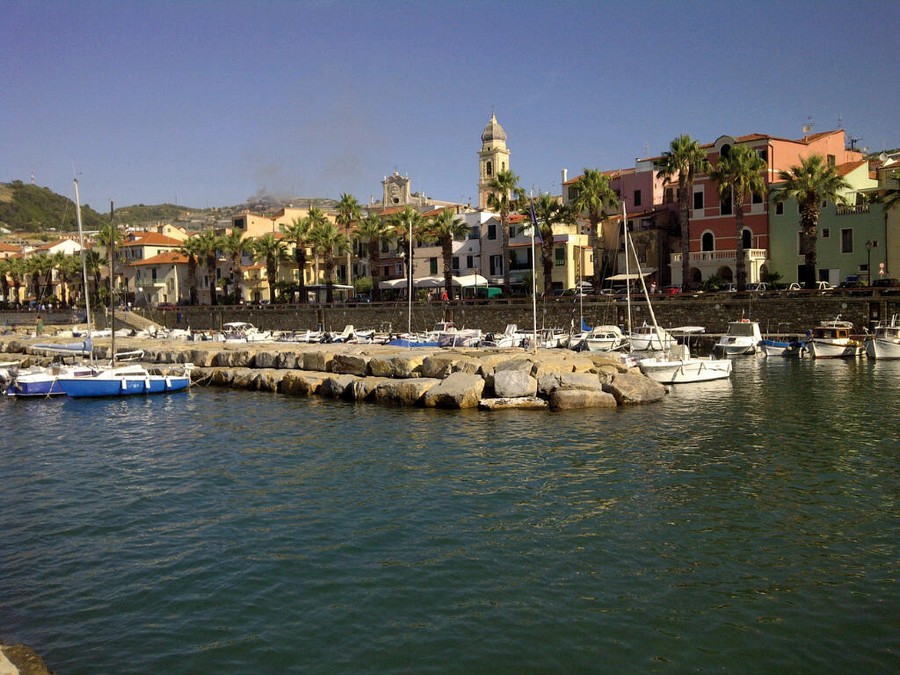Altitude: 2 m a.s.l.
Area: 2 sq km
Distance from Imperia: 14 km
Inhabitants: in 1881: 578 - in 2017: 2863
Patron Saint Day: September 22nd - San Maurizio
Information: Municipality phone 0184 486445
The first information about Riva Ligure dates back to the year 1000, when a notarial deed established the borders of "Ripa", subjected to the Marquis of Clavesana who in 1228 ceded it to the Republic of Genoa; on 24 June 1561 the town suffered a disastrous raid by the terrible Dragut, who plundered it bringing all the young men and women of the village as slaves to Algiers.
The village would then pass under the jurisdiction of Taggia, whose fate it would follow ever since.
Of great historical and archaeological interest is the Christian complex located in the area of Capo Don, which is the largest late-antique and early medieval cult settlement in the Province of Imperia, having great importance not only for west Liguria.
Visit of the town
The seventeenth-century parish church of San Maurizio preserves sculptures by Maragliano; the pulpit is supported by a column which is perhaps a former milestone of Via Julia Augusta.
From Piazza Matteotti take Via San Maurizio and thus reach the Romanesque church of Madonna del Buon Consiglio, which houses the remains of some of the Clavesanas and of the poet Francesco Pastonchi who died in 1953.
To the west of the inhabited area rises the sixteenth-century defence tower against Saracenic incursions, equipped with a watchtower and machicolations, used today as a dwelling.
Of great importance is also the baptismal font, whose structure, entirely in masonry, is embedded in the ground, from which it emerges little compared to the level of the cobblestone floor.
The inner recess, also octagonal in shape, has the vertical walls covered with plaster but devoid of any trace of an original marble covering, a fact that has led some to hypothesize that the administration of the sacrament took place by effusion.
The pool is instead located in the narthex of the basilica, in line with the passage towards the central nave, while the position of the baptismal font has allowed a dating of the construction oscillating between the IV and the VI century AD, as the choice of a centralized structure, in particular of the octagon, is very common in the early Christian architecture of northern Italy from the end of the fourth century as part of the intense building activity promoted by the bishop of Milan Ambrose, subsequently radiated into Liguria, which was at that time placed under the jurisdiction of the Ambrosian diocese.
From Riva Ligure at the traffic light take the detour that goes up to the village of Pompeiana.


